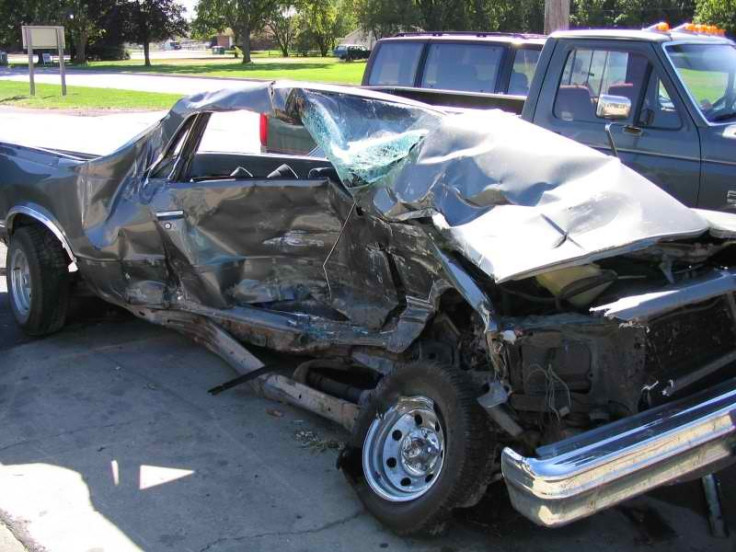MIT's New On-board Safety System Can Steer Cars Round Crash Obstacles

Engineers at the Massachusetts Institute of Technology (MIT) have developed a semi-autonomous vehicle safety system capable of assuming control of a car to avert an imminent crash.
The "intelligent co-pilot" system uses an onboard camera and laser rangefinder to map the area immediately around a car, and identify potential hazards in its path.
If the system detects that the car is about to hit an obstacle, it can take control of the steering wheel and manoeuvre the vehicle around the danger.
Whereas Google's new self-driving car, which received its first-ever licence on 8 May, is equipped to remove control from the driver completely, MIT's technology is designed to operate in the background, taking over only to avert potential accidents. Its developers claim this is the key benefit of the intelligent co-pilot system.
"The real innovation is enabling the car to share [control] with you," said Sterling Anderson, a PhD student at MIT. "If you want to drive, it'll just ... make sure you don't hit anything."
Benjamin Saltsman, manager of intelligent truck vehicle technology and innovation at Eaton Corp, added that the system has several advantages over fully autonomous variants such as self-driving cars. Such systems, he says, are loaded with expensive sensors, and require vast amounts of computation to plan out safe routes.
Scientists have thus far conducted more than 1,200 trials of the intelligent co-pilot system, with few collisions. Most of these occurred when glitches in the vehicle's camera failed to identify an obstacle.
After several experiments on the system, the MIT team believes it is quite useful for people who are learning to drive. Beginners may end up thinking they are better drivers than they actually are; this could boost their confidence in driving.
The team is now hoping to pare down the system to identify obstacles using a single cellphone. "You could stick your cellphone on the dashboard, and it would use the camera, accelerometers and gyro to provide the feedback needed by the system," Anderson says.
"I think we'll find better ways of doing it that will be simpler, cheaper and allow more users access to the technology."
© Copyright IBTimes 2025. All rights reserved.



















